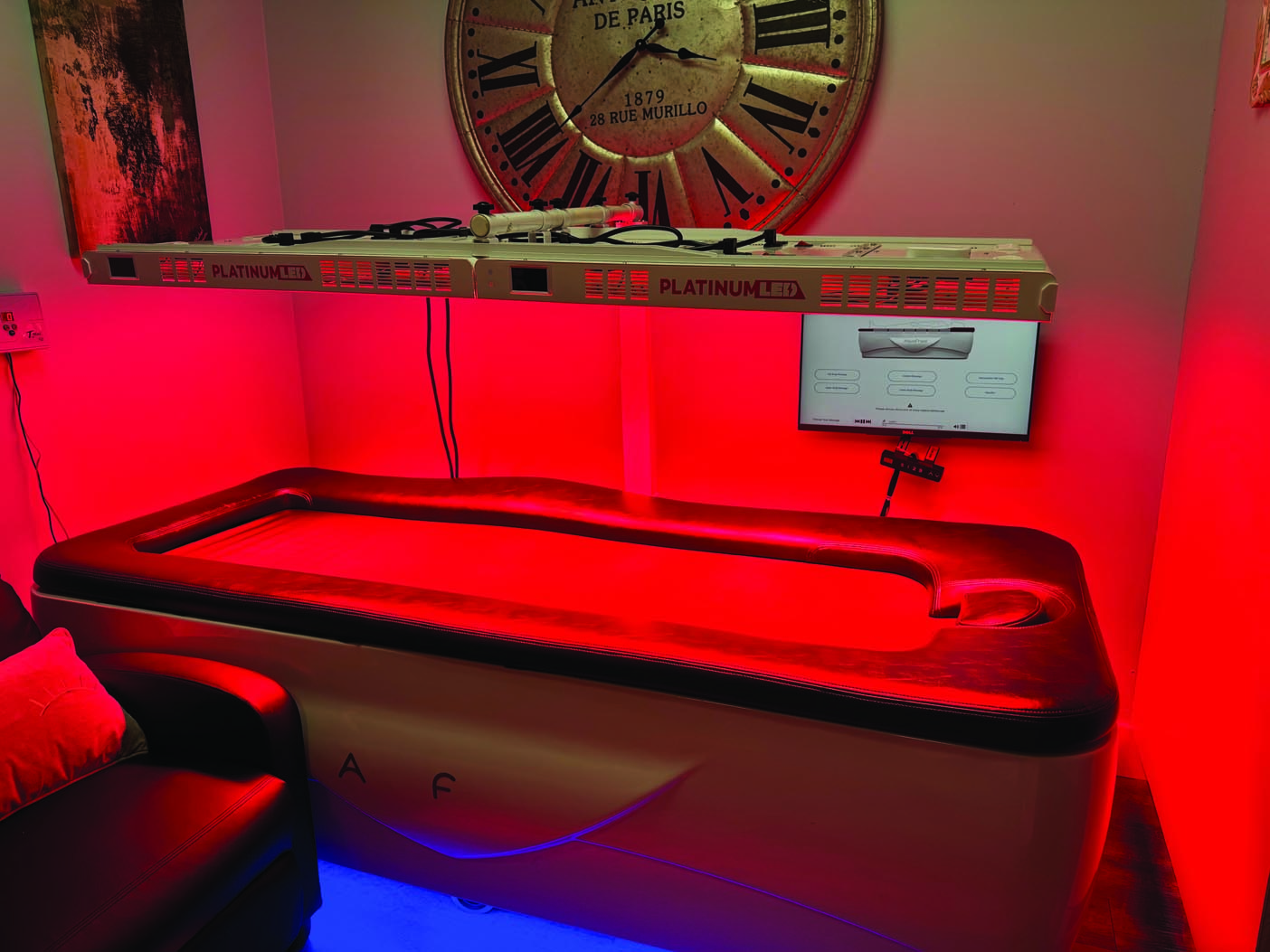The 2020 election cycle will soon be upon us. What is the minimum age to vote in the U.S.? Of course, our country is protected by a 100% volunteer armed force. What is the minimum age to enlist in our military? Let’s talk about birth control. In most states, are teens allowed to obtain it without a parent’s permission? What about driving permits – did you know that there isn’t a standard age for all states? Let’s see how you did. The answers are 18 to vote; 18 to serve; in most states, teens are allowed to get birth control without parental consent, and in some states, you can get a learner’s permit to drive at 14 years old.
[gap height=”15″]
Yes, I’m using these examples to set up this month’s Watch Dog topic: the minimum age to tan indoors. As most of us know, the FDA recommends avoiding tanning beds if under 18 and in many states, it’s mandatory. Now, in a move that throws the word “pragmatism” into a tailspin, New York lawmakers want to raise the minimum age to tan indoors from 18 to 21.
[gap height=”15″]
State Sen. (D) James Skoufis argued the age increase is needed for health reasons, stating in a memo: “ultraviolet radiation from indoor tanning beds are a major contributing factor to skin cancer for people who use tanning facilities. According to statistics from the American Skin Care Foundation, more than 419,000 cases of skin cancer in the U.S. each year are linked to indoor tanning, and more people develop skin cancer because of indoor tanning than develop lung cancer because of smoking. The risks to younger users are especially severe. The Skin Care Foundation found that people who first use a tanning bed before age 35 increased their risk for melanoma by 75 percent.”
[gap height=”15″]
Slow down a minute, Sylvester (just a phrase that I use). Tanning beds are a major contributing factor to skin cancer? Well, James (his actual name), did you know that we can get skin cancer on parts of our body that never receive UV? What about a person’s lifetime of natural sun exposure, deliberate or not? I’m guessing that the majority of us have received far more natural sunlight than we have sunbed sessions.
[gap height=”15″]
Let’s take the report from the National Institute of Health that provides statistics on cancer in the U.S. – the SEER report (Surveillance, Epidemiology and End Results Program). Breast, colon, lung, and melanoma cancers are included in the Top 10. The incidence of melanoma will affect about 96,000 people in 2019 with about 7,200 cases being fatal. So, where do the 419,000 cases of skin cancer come from? Well, there are two other forms of skin cancer; basal cell and squamous cell carcinoma. They are included in these quoted estimates by the media and many legislators, but NOT a part of the SEER report. The only skin cancer tracked by SEER is melanoma because the majority of cases are treated on an outpatient basis. Meaning: the 419,000 number is derived entirely from estimates. But it sure seems to play well when trying to push a bill limiting tanning bed use!
[gap height=”15″]
Remember, millions of people weigh the risk and benefit of UV exposure and choose indoor tanning facilities, where sessions are delivered responsibly and in moderation according to skin type and with a timing system that minimizes the risk of sunburn and overexposure.
[gap height=”15″]
The risk to young users is especially severe? What about the risk of skin cancer for all of the kids who get a sunburn at parks, pools, playgrounds, ball fields, lakes and beaches? I’ve seen babies on blankets at the beach! So, it makes perfect sense to ban 21-year-olds from indoor tanning and let ‘em drive a car at 14 … right? SMH!
[gap height=”15″]
Team IST searches for erroneous, suspect or negative reporting by the media that adversely impacts the tanning industry. Reports such as these have plagued tanning businesses for decades. Although the media sources will seldom admit a falsehood and print a retraction, IST offers these well-crafted responses to the negative reports that can be shared with your customers and potential customers, alike.
























